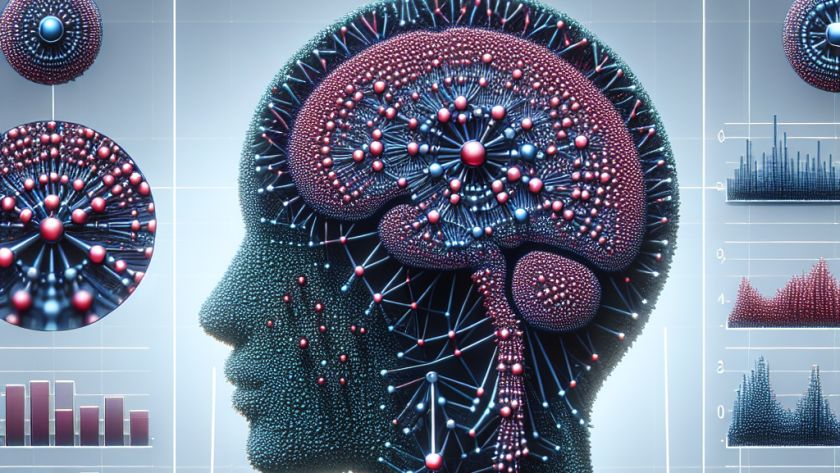Radiology departments often deal with massive workloads leading to burnout among radiologists. Therefore, tools to help mitigate these issues are essential. VLMs such as LLaVA-Med have advanced significantly in recent years, providing multimodal capabilities for biomedical image and data analysis. However, the generalization and user-friendliness issues of these models have hindered their clinical adoption.
To…












